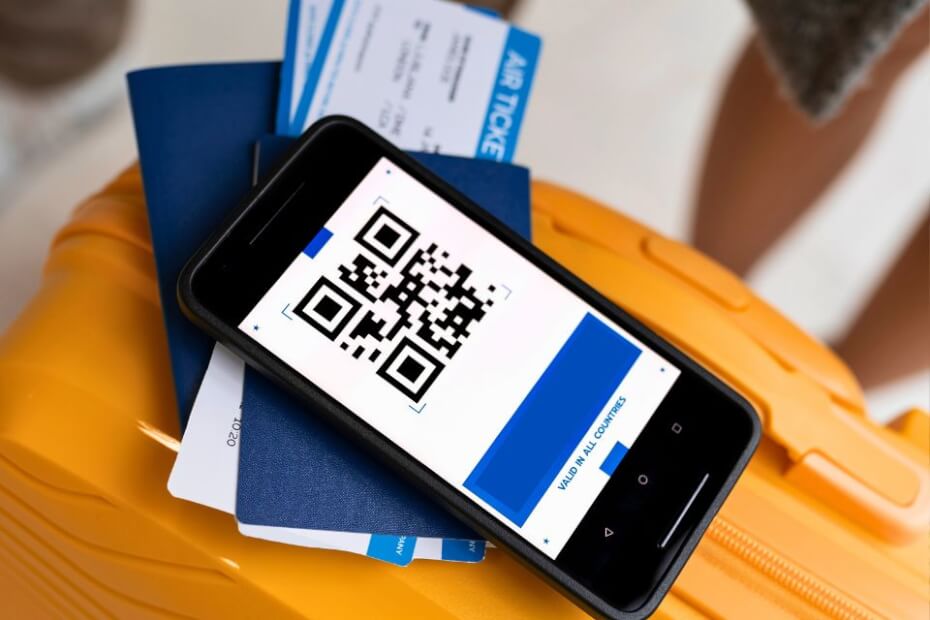
Visas in the form of stamps or stickers on one’s passport may soon be obsolete.
The United States (US) of America announced its plan to issue “paperless visas” globally after a successful small-scale pilot program.
During a media roundtable on 28 November 2023, Julie Stufft, US Deputy Assistant Secretary for Visa Services, revealed the plan to adopt the digital visa system worldwide.
However, she admitted it would likely take 18 months or longer to transition to the digital paperless visa system fully.
“It’ll take us probably 18 months to have widespread use of this – or longer,” Stufft said.
“But it’s very exciting that we’ve had this first step where we’ve actually seen visitors come through, and in this case, they were immigrant visas, without a physical paper in their passport,” she added.
The pilot program was conducted in Ireland in September 2023. Instead of traditional visas, the US Embassy in Dublin issued a digital visa authorization (DVA) to individuals obtaining fiancé(e) visas.
Airlines and border guards were made aware of the new paperless visas to let authorities observe how verifying it would go.
The State Department’s Bureau of Consular Affairs noted at that time that if all goes well, they would use DVAs for other US visa types.
The US’s shift to digital visas is not a surprise. The United Kingdom (UK) is transitioning from physical immigration documents to electronic immigration statuses or eVisas.
The European Union (EU) is also on track to follow suit. The Council recently announced that Schengen visa applications will shift online by 2026. It will also replace visa stickers with barcodes.
What is the US’s paperless visa?
According to Stufft, the US visa application process will remain unchanged. The only change will be that no sticker or stamp visa will be attached to the passport.
“An interview is still required by law. If you are a first-time applicant, you will apply in the same way with the same forms. If you are getting a paperless visa, it will look all the same until the point where there is no paper,” Stufft explained.
Since there will be no visa stamps or stickers, Deputy Secretay said US visa holders will need an app or something similar to show their visa status to authorities.
Advantages of digital paperless visa
Introducing digital, paperless visas aims to streamline and improve the application process for all travelers. It also seeks to improve security and reduce dependence on physical documentation.
Stufft shared, “This is just basically a very modern way to speak to the airlines and to the ports of entry at airports and the State Department all together to make this happen.”
The Deputy Secretary cited various benefits of the DVA. Below are the advantages of the digital paperless visa.
- Faster processing time
- Reduced costs
- Lowered risk of damaging physical passports due to eliminating the need to send to US embassies or consulates
- Decreased chances of theft or tampering
- Simpler visa verification process
- Easier renewal process due to the absence of paperwork
The future of travel
The travel landscape is evolving with the integration of digital visas, travel permits, and biometrics technology.
Digital visas and travel permits, such as the UK Electronic Travel Authorisation (ETA) and the European Travel Information and Authorisation System (ETIAS), offer a more efficient and environmentally friendly alternative to traditional processes.
The UK has started using the ETA system for visa-exempt nationals, or citizens who do not need a visa for short trips to England, Wales, Scotland, and Northern Ireland. It will be fully operational by 2024.
The EU is also set to implement ETIAS in mid-2025 for visa-exempt travelers for short stays in the Schengen Area.
Both electronic travel permits will be linked to a traveler’s biometric passport. There would be no need to bring paper copies when crossing borders.
Biometric technology, which includes facial recognition and other unique identifiers, is changing how individuals are identified at border crossings and enhanced security measures.
These innovations reshape how we navigate international borders, promising a future marked by enhanced security, streamlined processes, and a seamless travel experience.


Leave a Reply